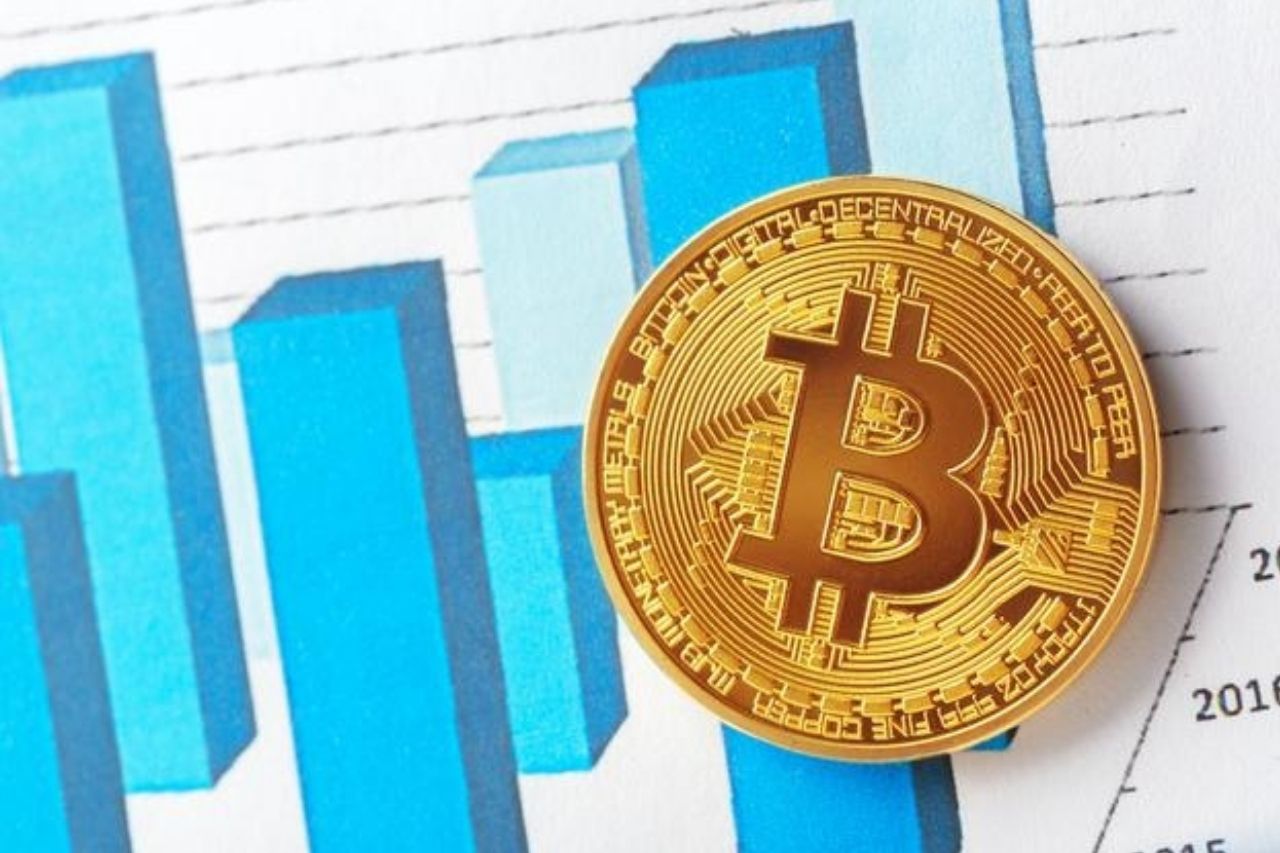All about Market Stop Limit Order in Cryptocurrency Trading
A stop-limit order joins a stop-loss order and a limit order. Stop-limit orders permit traders to set the base measure of benefit they’re glad to take or the greatest they’re willing to spend or lose on a trade. When you put forth a stop-line order and the trigger cost is reached, a limit order will be set naturally, regardless of whether you are logged out or disconnected. You can strategically put in stop-limit requests by considering obstruction and backing levels and the resource’s unpredictability.
In a stop-market order, the stop cost is the trigger cost for the trade to submit a limit request. The limit cost is the cost at which your order will be set. You can alter the limit value, which is typically set higher than the stop cost for a purchase order and lower for a sell order.
Assuming you need to begin effectively trading rather than HODL, you’ll probably have to utilize more than market orders. A stop-limit order gives more control and adaptability.
Limit order versus stop-loss order versus stop-limit order:
We should make a plunge further:
Limit order
At the point when you put down a boundary order, you pick the greatest price tag or least deal cost. Your trade will consequently endeavor to fill the limit order when the market value meets or is superior to your limit cost. These orders are valuable when you have an objective passage or leave cost and wouldn’t fret trusting that the market will meet your conditions.
Also Read:
Commonly, traders submit sell limit requests over the current market cost and purchase limit orders underneath the current market cost. Assuming you submit a limit request at the current market value, it will probably be executed in almost no time (except if it’s a low-liquidity market).
For instance, assuming that the market cost of Bitcoin is $32,000 (BUSD), you could draw a purchase line order at $31,000 to buy BTC when the value hits $31,000 or lower. You may likewise submit a sell limit request at $33,000, implying that the trade will sell your BTC in case the cost goes to $33,000 or higher.
Stop-loss order
A stop-loss order advises the trade to trade a resource once the market value arrives at a particular cost or travels through it. This system triggers a market order, so the stop cost can differ. This implies that a stop-loss order is not quite the same as a limit order, which can just get filled at your limit cost or better.
The stop order triggers when the value comes to $29,900, yet the executed cost may be somewhat unique as the framework utilizes a market order to sell at the earliest opportunity.
Traders can submit a stop-loss request beneath the current market cost and a take-benefit order over the market cost. As the terms proposed, a stop-loss order can assist with forestalling enormous losses, and a take-benefit order permits you to lock gains in any event, when you are missing.
Stop-limit order
As referenced, a stop-limit order consolidates a stop order and a limit order. The stop order adds a trigger cost for the trade to put in your limit request. We should perceive how it functions.
How does a stop-limit order work?
The stop value goes about as a trigger to put in a limit request. At the point when the market arrives at the stop value, it naturally makes a limit order with a customs value (limit cost).
Albeit the stop and limit costs can be something similar, this isn’t a necessity. Indeed, it would be more secure for you to set the stop value (trigger value) undeniably higher than the limit cost for sell orders. For purchase orders, you can set the stop value without a doubt lower than the limit cost. This expands the odds of your limit order filling after it triggers.
When to utilize a stop-limit order?
Stop-limit orders are a decent decision assuming you need to buy or sell a resource, yet not at any expense. Simply utilizing customary stop-loss orders (which trigger market orders) can make you lose benefits or pay more than you expect to, particularly assuming that a resource is unstable or needs liquidity. Stop-limit orders permit you to take benefits when the market goes up or to buy a resource when the market goes down. In spite of the fact that your limit order isn’t ensured to fill, you will consistently get the value you need or better.
Source: https://www.binance.com/en-IN/support/faq/360036351051



